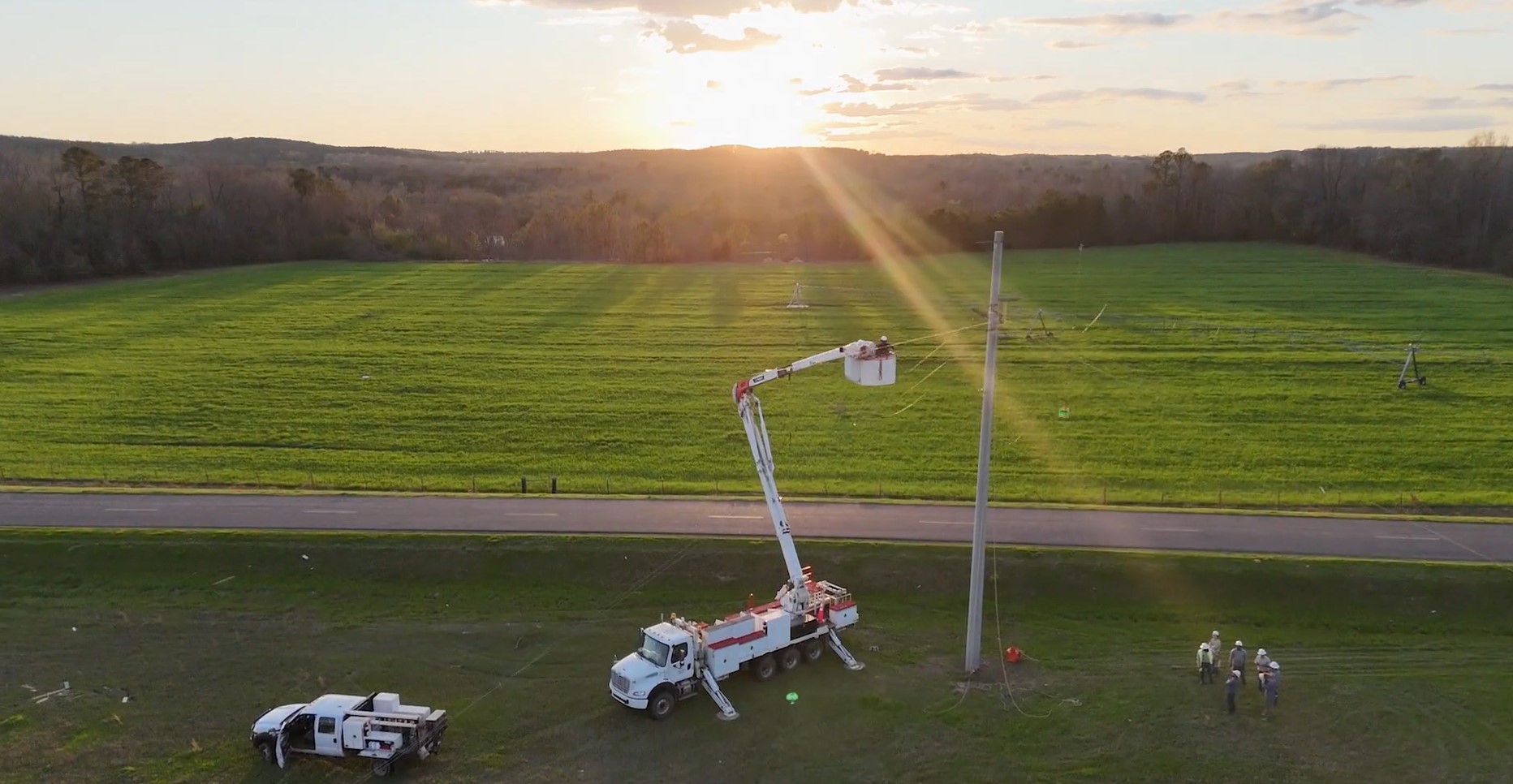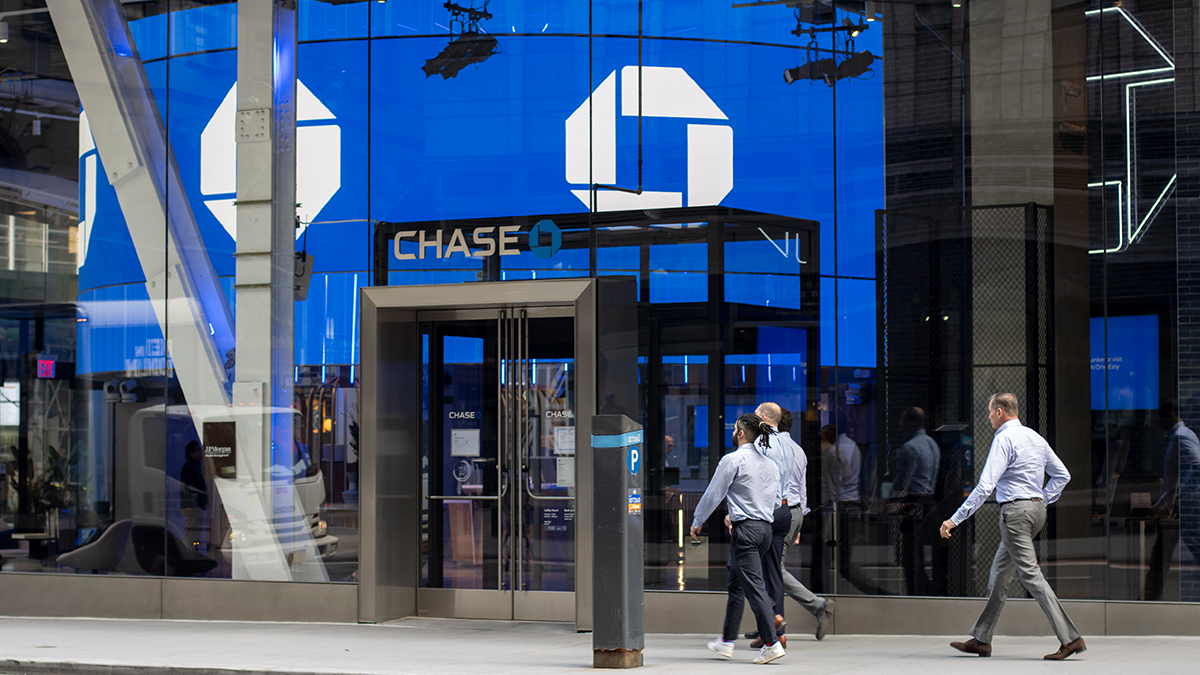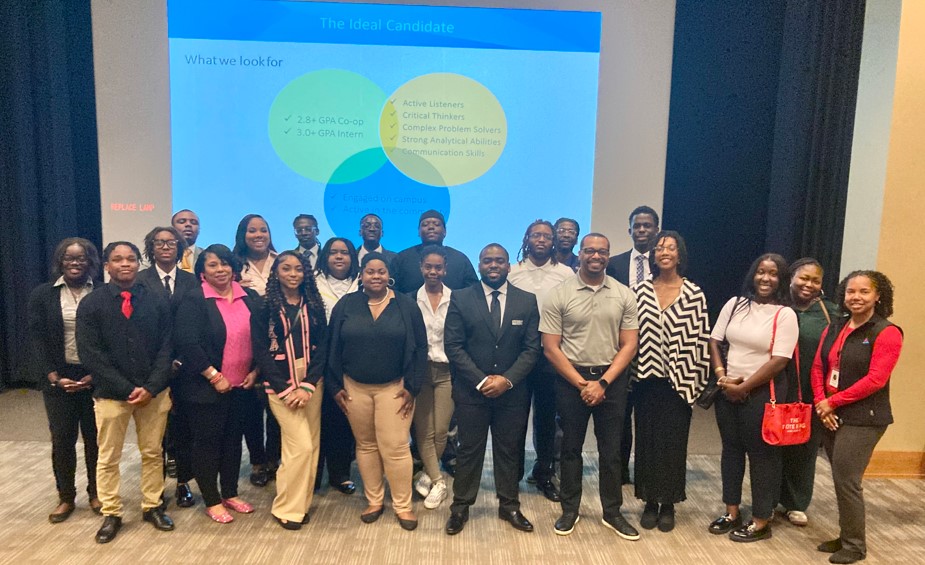Alabama statewide home sales prices up 2.3 percent from a year ago

January sales were 15.5 percent above the five-year monthly statewide average. (iStock)
Click here to view or print the entire monthly report compliments of the Alabama Center for Real Estate Corporate Cabinet. Join the Center mailing list here.
Sales: There were a total of 3,324 residential sales in Alabama during January, a decrease of 2.3 percent from one year ago. Current sales results are 15.5 percent above the five-year monthly average of 2,878 transactions. Two more resources to review: Quarterly Report and Annual Report.
Forecast: January sales were 2.6 percent or 87 units below the Alabama Center for Real Estate‘s (ACRE) monthly forecast. ACRE forecasts a total of 57,762 residential transactions statewide during 2018. There were 57,569 actual sales in Alabama during 2017. 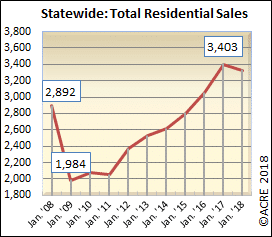
Supply: The statewide housing inventory during January was 23,995 listings, a decrease of 6.6 percent from January 2017 and 38.8 percent below the 10-year January peak in 2008, when 39,228 units were listed for sale. January inventory increased from December by 2.5 percent. This increase in inventory goes against historical data trends indicating that January inventory on average (2013-2017) decreases 1 percent from December.
Seeking balance: The metro markets in Alabama representing 70 percent of all sales shifted toward equilibrium (balance between supply and demand) with 6 months of housing supply during January. Outside the metro markets, Alabama’s midsize metro areas are reporting 7.1 months of housing supply, while non-metro areas are reporting 11.3 months of supply. There have been significant improvements from inventory peaks experienced during the recession.
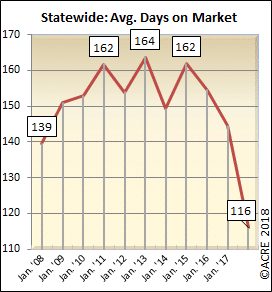
Industry perspective: The recent headlines in the real estate world have revolved around rising interest rates. As of Jan. 31, the interest rate on a 30-year fixed-rate mortgage was 4.38 percent. This is up from 4.18 percent on Jan. 10 and up from 4.08 percent on Dec. 6, 2017. The stock market has rebounded somewhat from its large selloff on Friday, Feb. 2, and Monday, Feb. 5, as investors adjust from an accommodating monetary policy to one with some inflation and higher interest rates. The recent market decline is a signal of a return to normalcy and higher debt costs. Rising interest rates, however, do not cause housing activity to come to a halt, in the same way that rising rates do not cause businesses to go into hibernation. In the spring of 2006, the Federal Reserve stopped raising interest rates after raising rates 16 times over a three-year period. The economy was performing well during this time (2004-2005) of rising interest rates. The Great Recession happened, interestingly enough, at a time when interest rate increases were halted.
Home ownership rates increased to 64.2 percent during 2017 after falling to a post-1965 low of 62.9 percent in 2016. Not surprisingly, home ownership rates peaked during 2005 at approximately 69 percent. Millennial home ownership rates are also on the rise as their employment situations continue to improve. Millennials, in fact, have been recently credited with an improvement in suburban housing markets as not all are city dwellers. This rise in home ownership was highlighted recently at the annual TrendLines 2018 program in Washington, D.C., with an analysis of Census Bureau housing data presented by Sage Policy Group, Delta Associates and Transwestern. The following excerpt is from the closing paragraph from the home ownership report, and is encouraging news for residential real estate markets across the nation:
“This year, the most common age in America will be 26 years old. There is also an abundance of 25- and 27-year-olds. All of these people are millennials, America’s largest and most educated generation. As more of this demographic block marches into their 30s, demand for ownership opportunities will rise. While there may be downturns that occasionally suspend these demographics, the next decade stands to emerge as a period of rapidly expanding home ownership and single-family homebuilding in America.”
Click here to generate more graphs from the Alabama January Housing Report, including Total Sales, Average Sales Price, Days on the Market, Total Inventory and Months of Supply.
The Alabama Residential Monthly Report is developed in conjunction with the Alabama Association of Realtors and its local associations.
